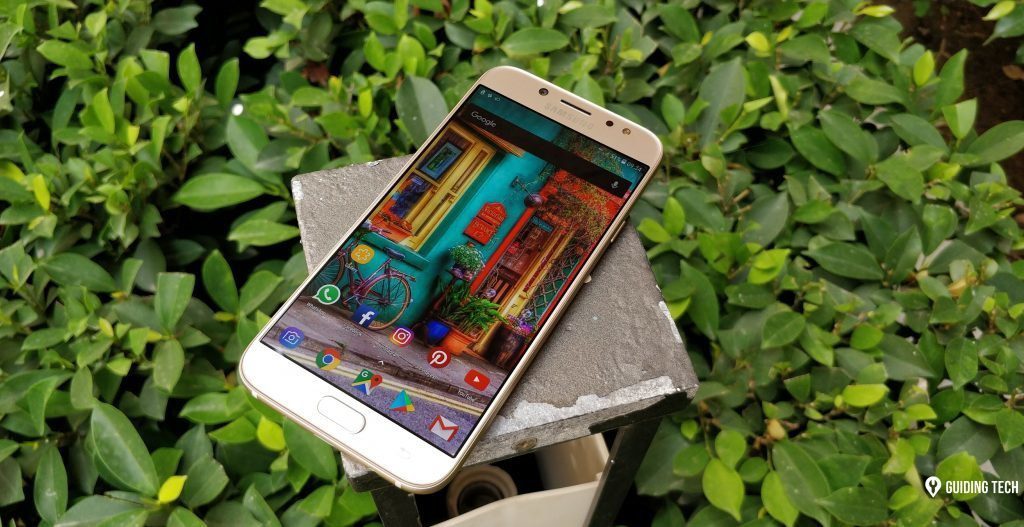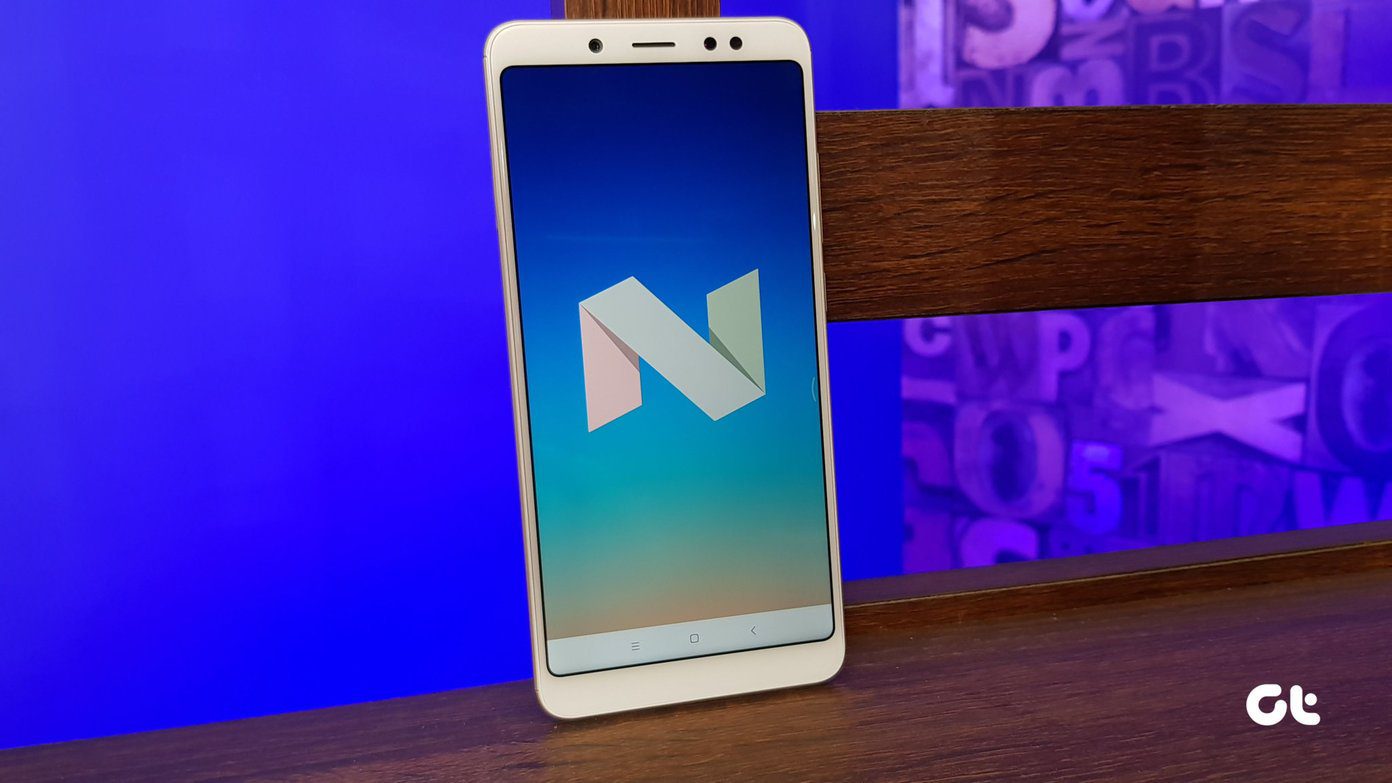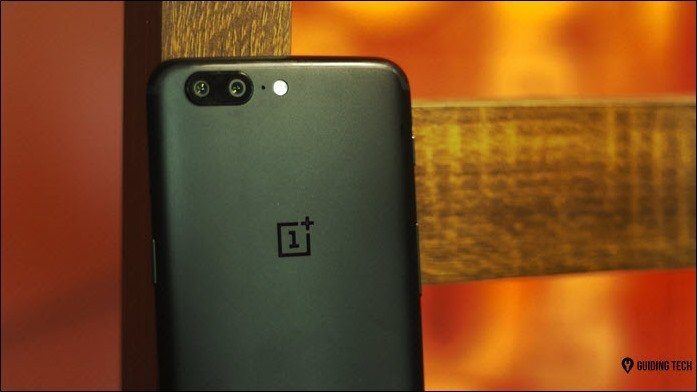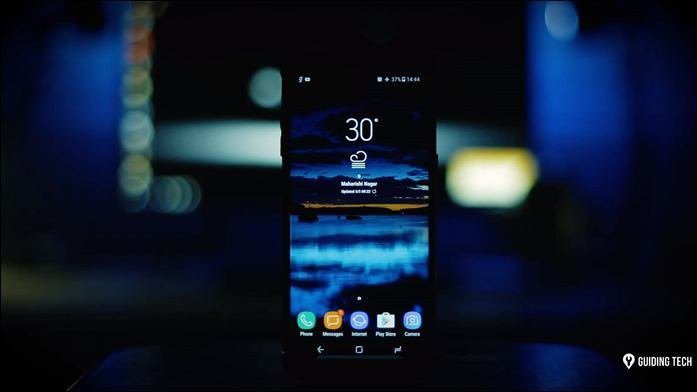Powered with the new Snapdragon 636 processor, 4GB RAM, a dual camera, and an onboard storage of 64GB, it’s no surprise that the Zenfone Max Pro M1 has been launched as a direct competitor to Xiaomi’s Redmi Note 5 Pro. So, should you buy the Zenfone Max Pro M1 merely for the feel-good features or is there something more than meets the eye? In this post, we weigh its pros and cons to help you decide.
Zenfone Max Pro Pros
1. Snappy Processor
The Asus Zenfone Max Pro M1 is powered by the Qualcomm Snapdragon 636 mobile platform. If you recall, this is the same chipset which powers the Xiaomi Redmi Note 5 Pro. For those who are unaware, the Snapdragon 636 is the successor to the highly popular Snapdragon 630. This octa-core processor comes with the 14nm fabrication process, Kryo 260 cores, and Adreno 509 GPU. This combination makes this chipset performance-friendly, thanks to the improved task-sharing capacities of the Kryo cores. In our tests, the phone could easily handle a 45-minute gaming session in high-graphics settings with no lags. Plus, it was also able to maintain its cool during the entire session.
2. Stock Android Experience
This phone is also the first Zenfone to come with a stock Android interface and, Android Oreo is the cherry on top. The combination of Android O and a pure Android experience means that you stay on top of your Android game with limited bloatware. Plus, the company is promising two upgrades in the future. Hello, Android Q!
3. FullView Display With Narrow Bezels
It’s the season of full view displays and dual cameras. Almost every recent phone carries these traits and the Zenfone Max Pro M1 is no different. It has a 5.99-inch FullView (that’s how they write it) display with 18:9 aspect ratio. Thankfully, Asus hasn’t joined the race for notched displays. The minimal bezels on the side edges of the Zenfone Max Pro M1 make it a treat to watch videos and movies. Other than that, it sports a rear dual-camera combination of a 13-megapixel lens and a 5-megapixel depth sensor. This combination is geared up to give you pictures with bokeh effect (portrait mode). Following are some of the pictures shot using the rear camera of this phone. As you can see below, the bokeh effect is admirable with the foreground in sharp focus and a soft background. Furthermore, the rear camera lets you take 4K videos, unlike its competitor the Redmi Note 5 Pro.
4. Huge 5000mAh Battery Unit
The Zenfone Max Pro M1 boasts of a whopping 5,000mAh battery. The company claims that this phone will last you two days on a full charge. What makes it even better is that this battery unit will see you through more than the stipulated two-day period if you’re a moderate user. Plus, in spite of having such a high-capacity battery unit, Asus has maintained a sleek form factor.
5. Dedicated MicroSD Card Slot
The Zenfone Max Pro M1 comes with an internal storage of 64GB (32GB for the base variant) and you can expand it further through a memory card. Also, there’s a dedicated slot for the microSD card, which means that you can use the memory card and utilize the dual SIM card slots at the same time. Buy
Asus Zenfone Max Pro M1 (64 GB Storage | 6 GB RAM)
Zenfone Max Pro M1 Cons
1. No Quick Charge
With great power comes great charging time — that’s the mantra all smartphone companies should strictly abide by. If only they did. Until that time comes, we’d have to make-do with longer charging time.
2. Still on Micro USB
With the USB Type-C being pretty much a standard now, it would have been great to see it on Asus’ newest phone. Unfortunately, the Zenfone Max Pro M1 still features the old micro USB port for charging and data transfers. While it may not be a big issue for some, it would’ve been great to see the budget phones move to this faster means of wired transfers. The fact that USB Type-C connectors are reversible makes it even better.
3. No Optical Zoom
The secondary 5-megapixel shooter in the Zenfone Max Pro M1 is for depth mapping which means that you won’t get 2x optical zoom as seen in Xiaomi’s Mi A1.
4. No Image Stabilization
Another disadvantage of the camera is that it doesn’t have EIS. So, if you don’t have steady hands (like I don’t) or the road is bumpy, you’d end up with wobbly videos.
Pricing and Availability
The Asus Zenfone Max Pro M1 price for the 3GB/32GB variant starts at Rs 10,999 while the 4GB/64GB variant will retail at Rs 12,999. There’s another variant which will launch in the coming months. This variant will sport a 6GB RAM and 64GB onboard storage along with a 16-megapixel + 5-megapixel shooter in the rear while bumping up the front camera to 16-megapixel. It will be a Flipkart exclusive and will go on sale starting May 3.
Yay or Nay?
Overall, the Asus Zenfone Max Pro M1 is a great value-for-money proposition. It sports a snappy processor, an edge-to-edge bezel-less display, and a good camera. This is coupled with a full HD+ display and an NXP smart sound amplifier. Plus, for Rs 49, you can add Flipkart’s new mobile protection plan for after-sale services. However, it’s not without its share of drawbacks. Apart from the above, the other issue which I found a bit odd was the camera interface. Since the camera is one of the most used apps, one would normally look for a clutter-free interface which also looks great at the same time. Unfortunately, the interface of the Snapdragon camera resembles the apps from the early Android days. Though not necessarily a big issue, if you ask me the software should also complement the phone’s hardware both in terms of performance and looks. The first impression certainly looks good. We will use it more in the coming days and update this article if we come across any other major drawbacks (or great features). Buy
Asus Zenfone Max Pro M1 (64 GB Storage | 6 GB RAM)
The above article may contain affiliate links which help support Guiding Tech. However, it does not affect our editorial integrity. The content remains unbiased and authentic.




















